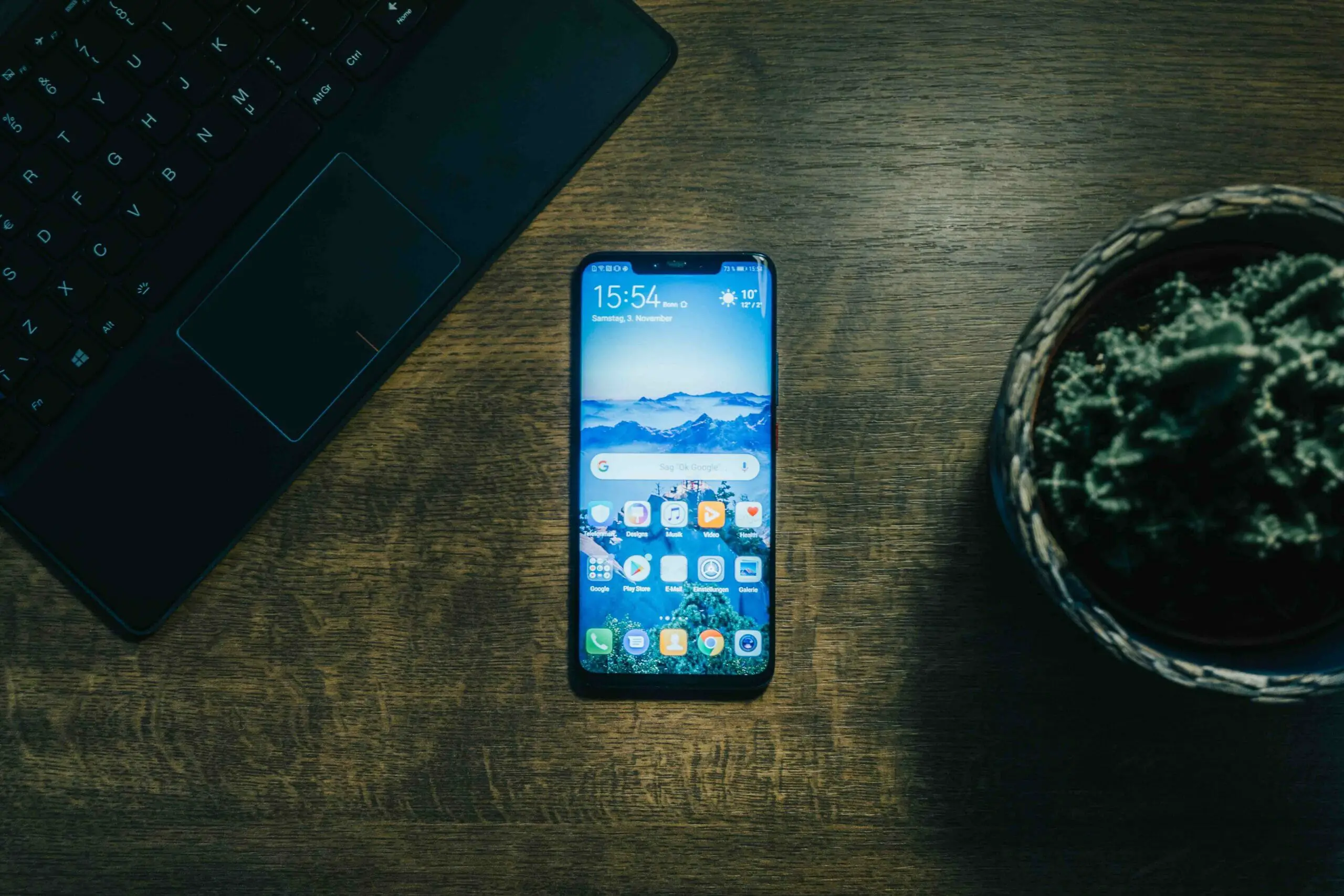Let’s get down to the nitty-gritty of Samsung APN settings. If you’re like me, you’ve probably scratched your head a time or two trying to figure out these settings and why they matter. Well, I’m here to unravel this mystery.
Quick Summary: Samsung APN settings are a gateway between your phone and the internet, essential for data services. Incorrect settings can cause data and MMS issues. To adjust them for Samsung, go to ‘Settings’ > ‘Connections’ > ‘Mobile Networks> ‘Access Point Names.’ Change various fields as needed, but avoid adjusting settings unless necessary.
In this article, we’ll uncover all the details about APN settings for your Samsung device. Whether you need to adjust settings quickly or want to understand how it all works – stick around!
Samsung APN Settings Basics
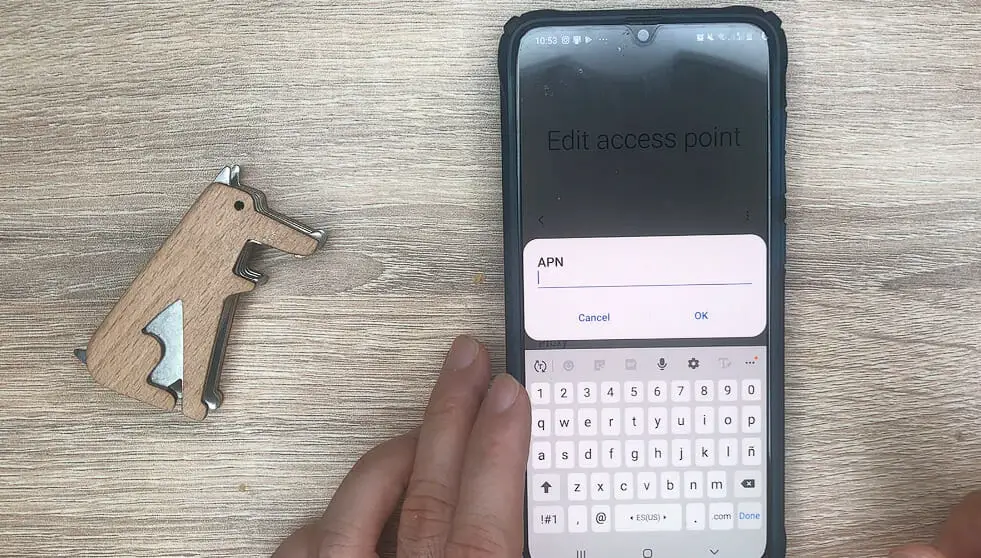
Let’s delve into the world of Samsung APN settings. Now, you might wonder, “What in the world are APN settings?” Well, I’m here to break it down for you.
Without getting too techy, APN stands for Access Point Name. It’s essentially a gateway between your phone and the big wide world of the internet. When your phone needs to connect to data services (like when you’re not connected to Wi-Fi), it uses these handy-dandy APN settings.
Different carriers have different APNs, so if you’ve switched providers recently or if you’re having trouble connecting to your mobile data, there’s a chance that your APN settings are off-kilter.
But before we dive into how to adjust them on a Samsung device specifically – let’s take a look at what comprises an APN setting:
- Name: This is typically just the name of your carrier.
- APN: The actual access point name – this can look like a web address.
- Proxy & Port: These two might not always be needed, but they direct traffic through specific pathways when required.
- Username & Password: Again, not always necessary, but some carriers use these for extra security.
- Server: A specific server address that some carriers use.
- MMSC & MMS Proxy & MMS Port: These three all relate specifically to multimedia message services – sending pictures and videos via text!
Now remember, folks, while it sounds complicated – most of us won’t need to fiddle around with these details often. But isn’t it great knowing more about how our trusty smartphones keep us connected?
In the next section, I’ll guide you step-by-step on managing your Samsung smartphone’s APN settings – so stick around!
How to Access APN Settings on a Samsung Device
Having incorrect APN settings can lead to issues with data and MMS messages. So let’s dive right into how we can access these settings.
The APN settings are under your mobile network options on most Samsung devices. Here’s a step-by-step guide:
Step 1. Open up Settings, then tap on Connections.
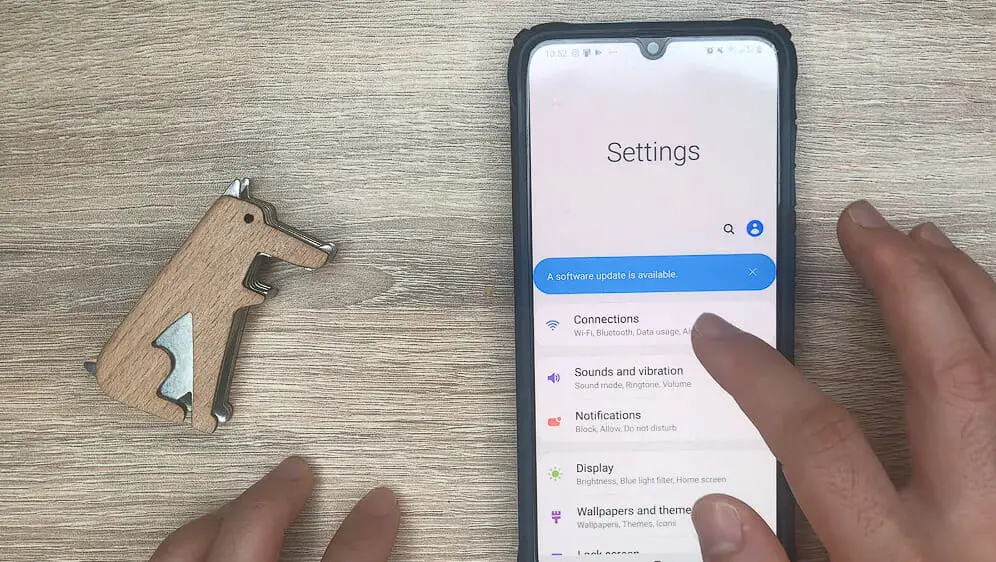
Step 2. Next up is Mobile Networks (sometimes labeled as More Networks).
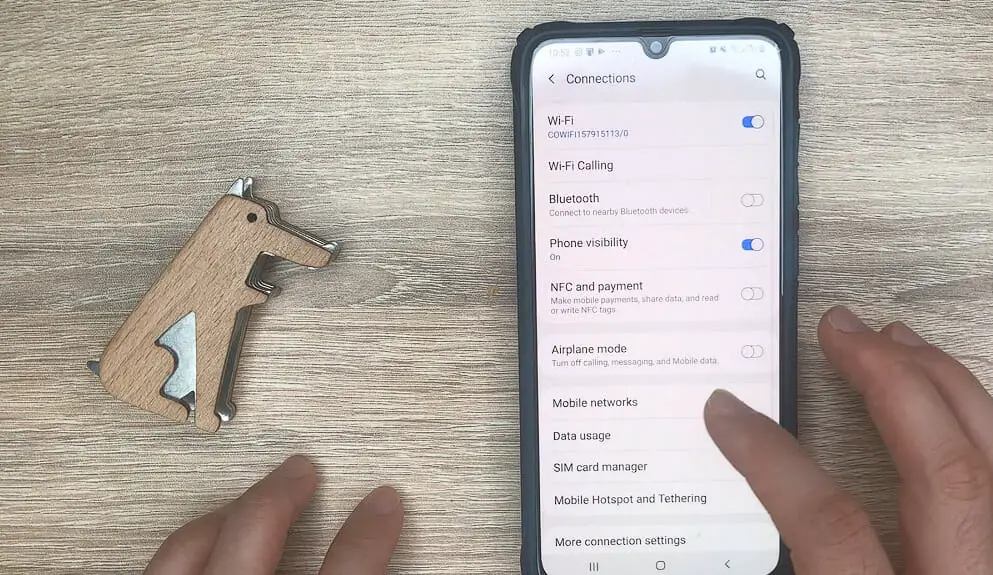
Step 3. Now select Access Point Names.
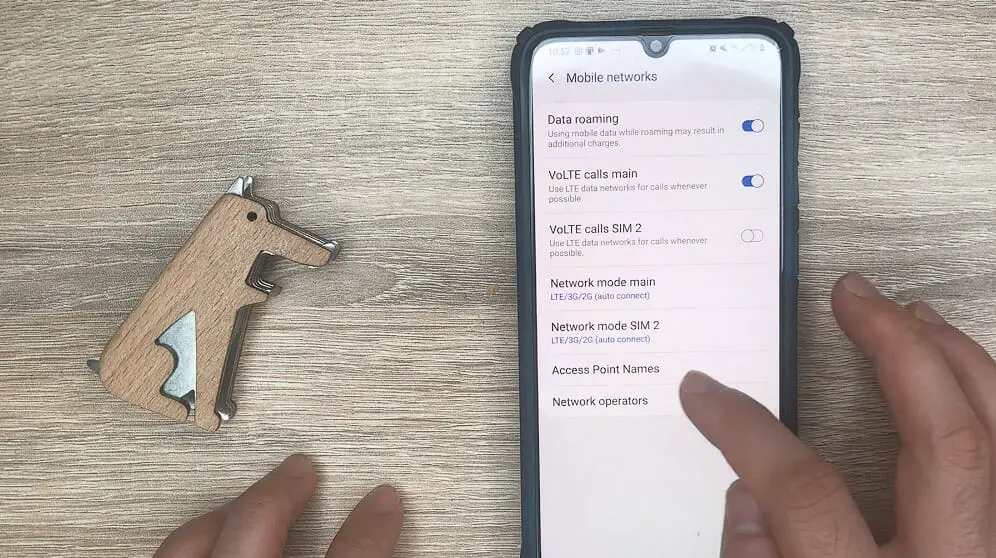
And voila! You’ve found yourself in the world of APN settings.
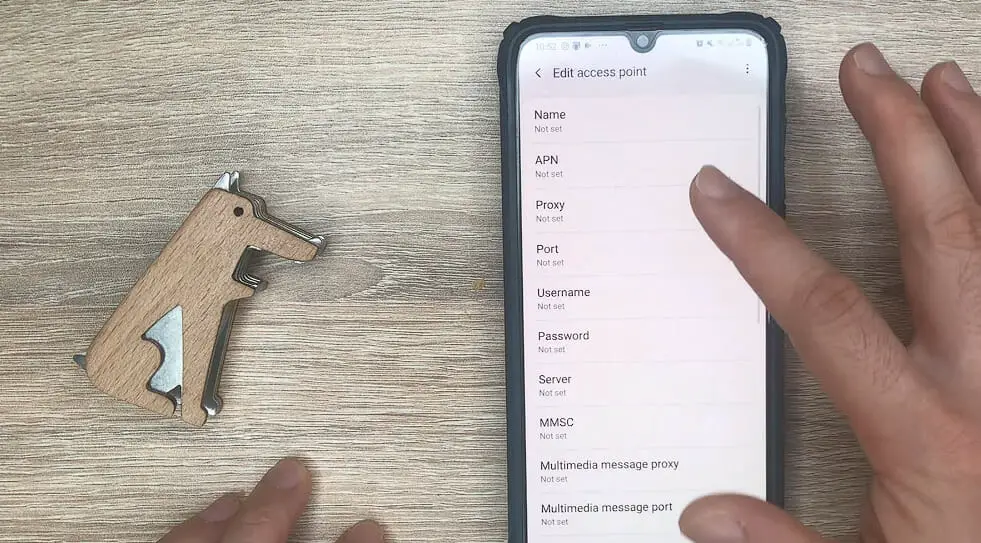
Now that you’re here, you might notice there are quite a few different fields, and it could get confusing fast:
- Name
- APN
- Proxy
- Port
- Username
- Password
Don’t panic if this all looks like geek-speak right now!
| Field | Example |
|---|---|
| Name | My Network |
| APN | internet |
| Proxy | Not set |
| Port | Not set |
| Username | Not set |
| Password | Not set |
| Server | Not set |
| MMSC | (Depends on your network provider) |
| MMS proxy | Not set |
| MMS port | Not set |
| MCC | (Depends on your network provider) |
| MNC | (Depends on your network provider) |
| Authentication type | None |
| APN type | default,supl |
| APN protocol | IPv4 |
| APN roaming protocol | IPv4 |
| Bearer | Unspecified |
| MVNO type | None |
As mentioned, each field has its purpose, and depending on what needs changing or fixing in your phone’s connection, you’ll have to modify different fields.
Remember though: Never change any settings unless you know what they do!
If something goes wrong – don’t worry too much – just hit ‘reset default’ or a similar option available on most phones, and everything will bounce back to how it was before.
Next Steps: Top 4 Carriers APN Settings On Samsung
Here are some common fields you may have to fill out:
Please note that these settings can vary by network provider. Always check with your provider or a reliable source to ensure you have the correct settings.
MMSC, MCC, and MNC are often specific to your carrier. As with the other settings, you can call your network provider if you are unsure what to enter. It should provide the information you need.
Here is a table specific to Samsung and your carrier APN settings for the top 4 USA mobile Carriers.
Verizon Wireless:
| Field | Settings |
|---|---|
| Name | Verizon |
| APN | vzwinternet |
| MMSC | http://mms.vtext.com/servlets/mms |
| MMS Proxy | Not set |
| MMS Port | Not set |
AT&T:
| Field | Settings |
|---|---|
| Name | AT&T |
| APN | phone |
| MMSC | http://mmsc.mobile.att.net |
| MMS Proxy | proxy.mobile.att.net |
| MMS Port | 80 |
T-Mobile:
| Field | Settings |
|---|---|
| Name | T-Mobile |
| APN | fast.t-mobile.com |
| MMSC | http://mms.msg.eng.t-mobile.com/mms/wapenc |
| MMS Proxy | Not set |
| MMS Port | Not set |
U.S. Cellular:
| Field | Settings |
|---|---|
| Name | US Cellular |
| APN | Internet |
| MMSC | http://mmsc1.uscc.net/mmsc/MMS |
| MMS Proxy | 184.016.249.007 |
| MMS Port | 80 |
All right then! Once saved, select the new APN setting from the list of available options – voilà! You’ve successfully changed your Samsung device’s Access Point Name settings!
Remember – if things don’t work right after changing these settings, don’t fret. You can always reset them by selecting ‘Reset default’ in the same menu – no harm done!
That wasn’t too bad now, was it? Hopefully, I’ve helped bust some of those tech myths and made tweaking these settings feel less like rocket science! Remember this handy-dandy walk-through next time you need a refresher – happy browsing!
Troubleshooting: What to Do When APN Settings Fail
So, you’ve followed all the steps, but your Samsung phone’s APN settings are still not working? Don’t worry; I’ve got some handy tips to help you.
First off, rebooting is always a good place to start. It’s like a fresh cup of coffee for your phone – it wakes up and starts functioning more efficiently. So turn off your device, then switch it back on after a minute or so.
But what if that doesn’t work? Well, next up is checking for any system updates. Sometimes, outdated software is the culprit behind these hiccups. To check for updates:
- Go to Settings
- Scroll down to Software Updates
- Tap on Download and Install
If there’s an update available, install it right away! Your issue might solve itself with this simple step.
Now let’s say everything’s updated and rebooted, but the problem persists…what next? You may have to reset your network settings entirely. But remember folks, this should be your last resort, as it will erase all Wi-Fi networks, passwords, and cellular and VPN settings.
To do this, you would:
- Head over to Settings
- Click on General Management
- Select Reset
- Lastly, press on Reset Network Settings, then confirm!
I hope these tricks save the day when you’re stuck in those annoying “APN setting fails” situations. Remember – tech can be tricky sometimes, but there’s usually a solution if we dig deep enough!
References
Websites:
- Samsung Customer Support. https://www.samsung.com/us/support/
- TechRadar. https://www.techradar.com/
- CNET. https://www.cnet.com/
- Android Authority. https://www.androidauthority.com/
Video References:
APN Settings

